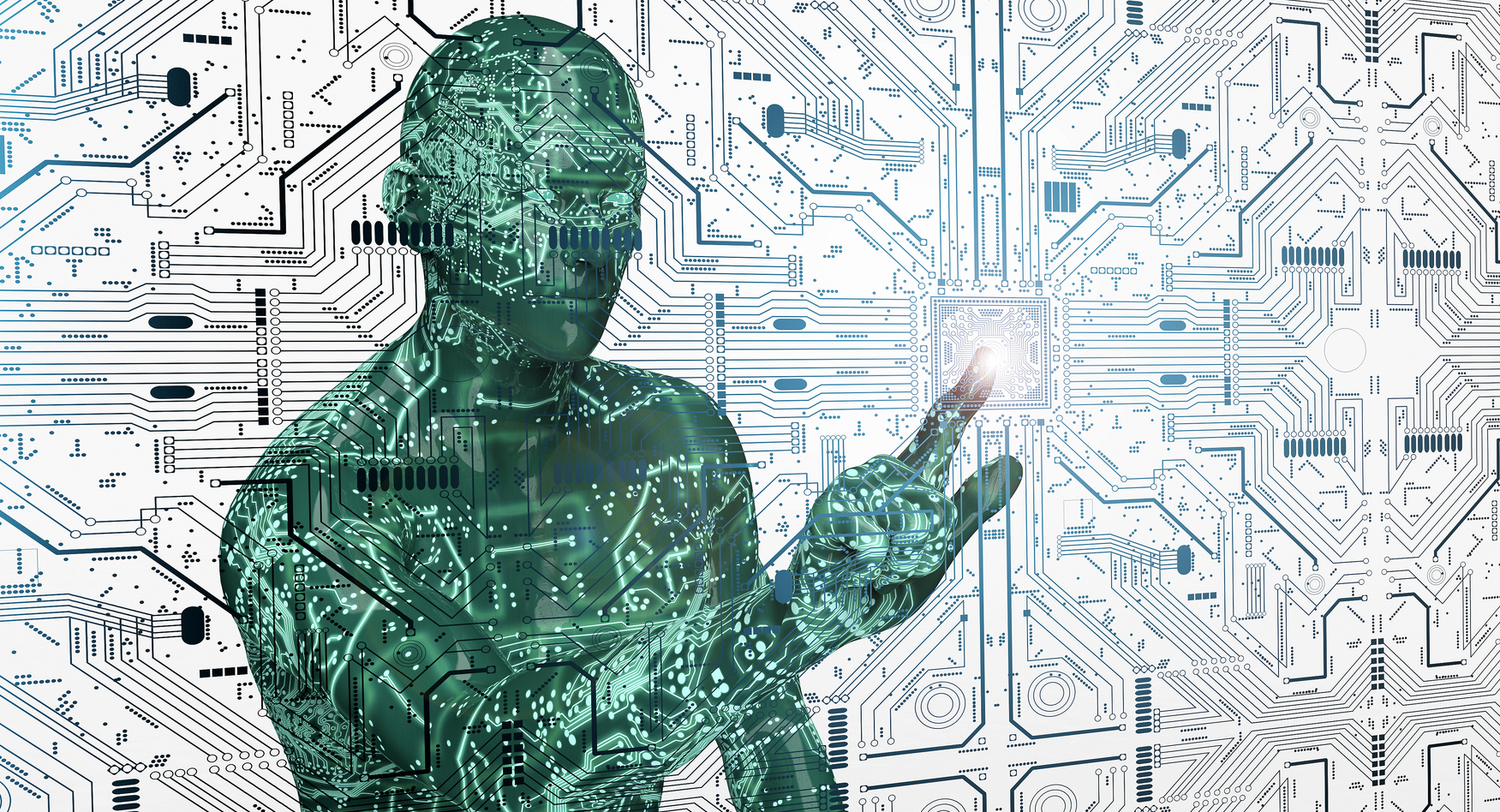
Think “smart” speakers and you probably think, among other things, of being able change what you’re listening to with a simple voice command. But listening to your heartbeat?
According to a report published at Nature by researchers at the University of Washington, they have developed a form of contentless monitoring, using machine learning, that allows smart speakers to identity and monitor individual heartbeats using sonar technology.
“Regular heartbeats are easy enough to detect even if the signal is small because you can look for a periodic pattern in the data,” Gollakota explained co-senior author Shyam Gollakota, a UW associate professor in the Paul G. Allen School of Computer Science & Engineering in a statement. “But irregular heartbeats are really challenging because there is no such pattern. I wasn’t sure that it would be possible to detect them, so I was pleasantly surprised that our algorithms could identify irregular heartbeats during tests with cardiac patients.”
Put simply, the system sends inaudible sounds from the speaker out into a room and, based on the way the sounds are reflected back to the speaker, it can identify and monitor individual heartbeats. The algorithms can detect motion of the chest wall and separate signals from breathing motions and ambient noise.
“Heart rhythm disorders are actually more common than some other well-known heart conditions. Cardiac arrhythmias can cause major morbidities such as strokes, but can be highly unpredictable in occurrence, and thus difficult to diagnose,” said co-senior author Dr. Arun Sridhar, assistant professor of cardiology at the UW School of Medicine. “Availability of a low-cost test that can be performed frequently and at the convenience of home can be a game-changer for certain patients in terms of early diagnosis and management.”
For the study, the research team designed a machine learning algorithm which combined signals from all of a smart speaker’s multiple microphones to identify the elusive heartbeat signal.
“The motion from someone’s breathing is orders of magnitude larger on the chest wall than the motion from heartbeats, so that poses a pretty big challenge,” said lead author Anran Wang, a doctoral student in the Allen School. “And the breathing signal is not regular so it’s hard to simply filter it out. Using the fact that smart speakers have multiple microphones, we designed a new beam-forming algorithm to help the speakers find heartbeats.”
According to Dr. Sridhar, if a smart speaker could offer an inexpensive test for people, it could help diagnose cardiac arrhythmias, which cause strokes.
“Availability of a low-cost test that can be performed frequently and at the convenience of home can be a game-changer for certain patients in terms of early diagnosis and management,” he said.


